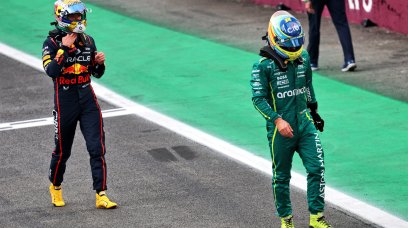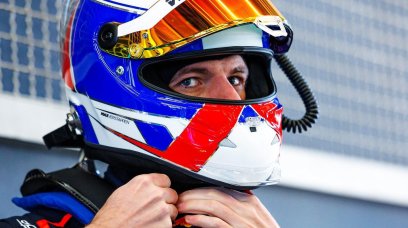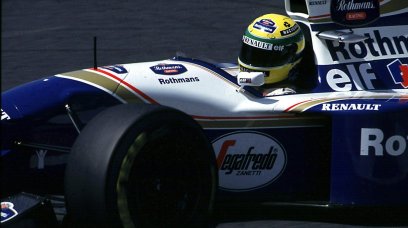Mercedes Chief Technical Officer Mike Elliott says there will need to be more analysis of 2026 Formula 1 regulations to get the cars into a "good shape" for racing. The focus on the new regulations has primarily been on the engine formula, which helps with F1's sustainability push with the use of synthetic fuels and the removal of the costly MGH-H element of the power unit. But there has been some concerns over whether this could breed a "Frankenstein formula" which impacts the racing. Elliott says there is a lot of analysis that needs to be done to understand the true impact when speaking to media, including RacingNews365 : "Obviously the power unit regulations are set, so we know what we're getting with those. "Trying to get the cars into a good shape for racing means that we also need to change the performance of the cars. We're going to have to drop some drag on the straights and make the cars more [aero] efficient." "When you look at 2026, there's a whole load of things they've got going: What's gonna happen with the tyres? What's gonna happen with the weight of the cars? What's happening with the aerodynamics? It's a big and complicated picture. "Over the course of the next few months, I think the teams and the FIA will have to sort out how we're gonna make those regulations work."
A mistake to make the cars heavier?
At a minimum weight of 798kg, F1 cars are the heaviest they have been in the championship's 70-year history. The cars only recently started to increase the weight in 2017, when there was a desire to create cars that could break lap records with wider tyres and aggressive wings. Elliott believes this direction had a knock on effect: "The cars generally have got heavier. As you make them heavier, you need more aerodynamic load to go as quickly through the corners, that puts more duty on the tyres. "It's then harder - with that amount of duty - to get the grip you want out of the tyres. "So we've gone in this direction of gradually making the cars heavier. For me, personally, I think that's something we could hopefully go the other way."
Most read







